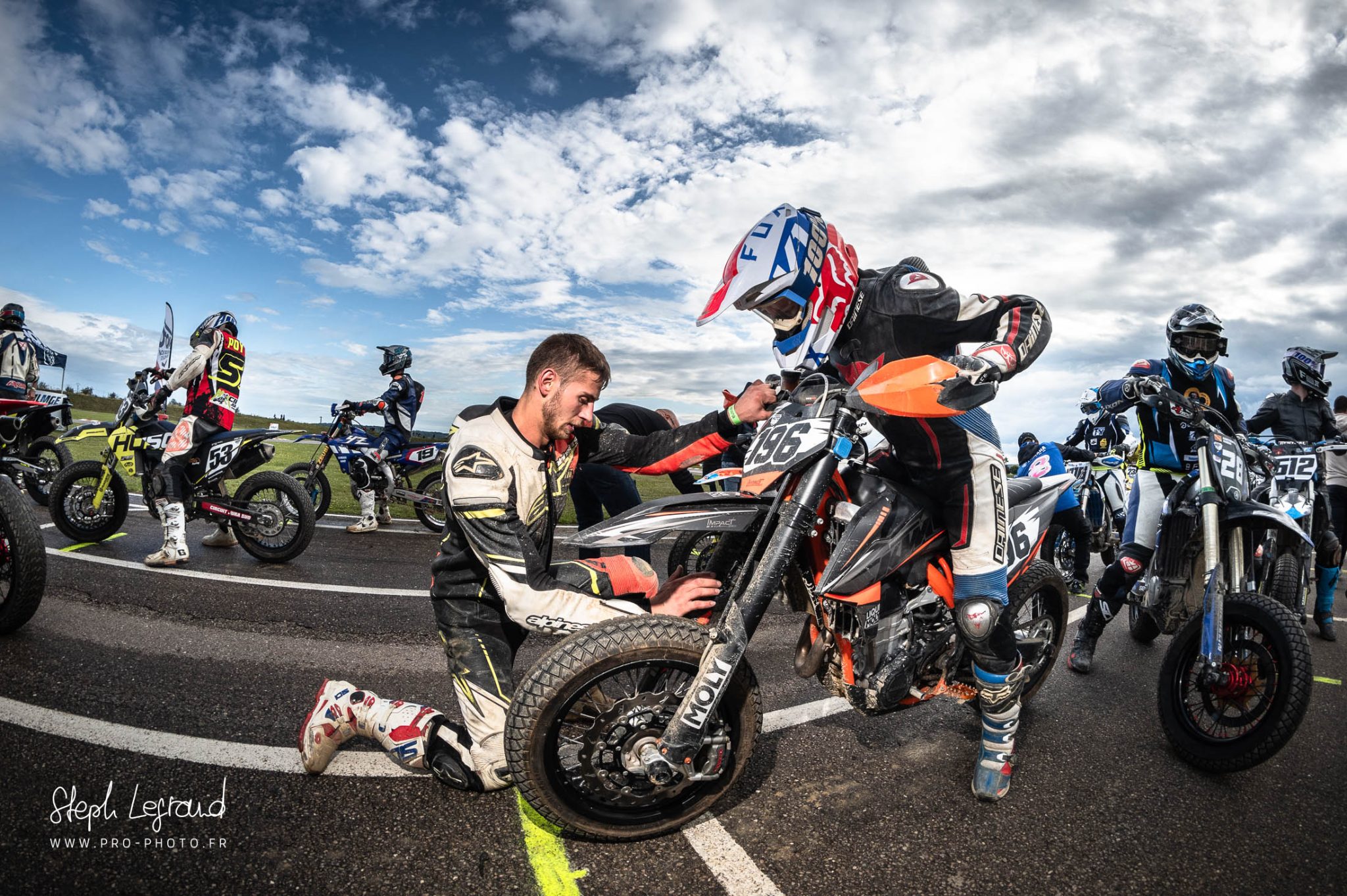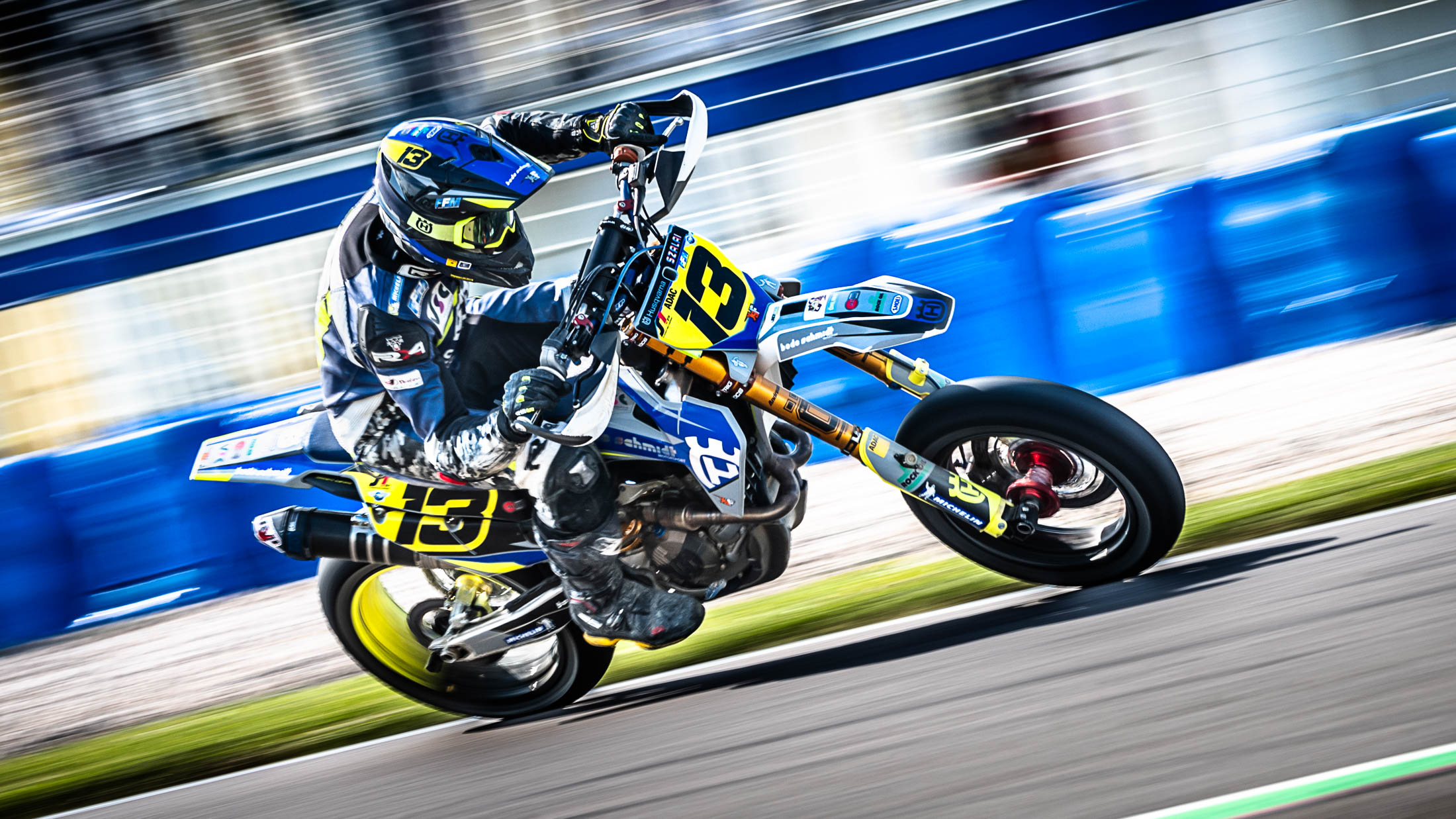This article was originally published in 2020. It was updated in May 2024.
For those interested in motorcycle photography, being able to shoot on a race track (motocross, supermoto, road track) is a unique experience. But obtaining the necessary authorizations can be complicated. Here’s a quick rundown of what you need to know.
Before getting started, it’s important to understand that a racetrack is a permanently dangerous environment. That’s why a number of safety rules are in place, and they also apply to photographers, of course. Unfortunately, I’ve witnessed some serious accidents, even with experienced riders and photographers. There are several consequences:
- the number of photographers allowed simultaneously on a track is limited ;
- each photographer must follow precise safety rules, depending on the event, the organizer and the discipline (speed or off-road, racing or training, etc.).
- you need insurance that explicitly covers this activity.
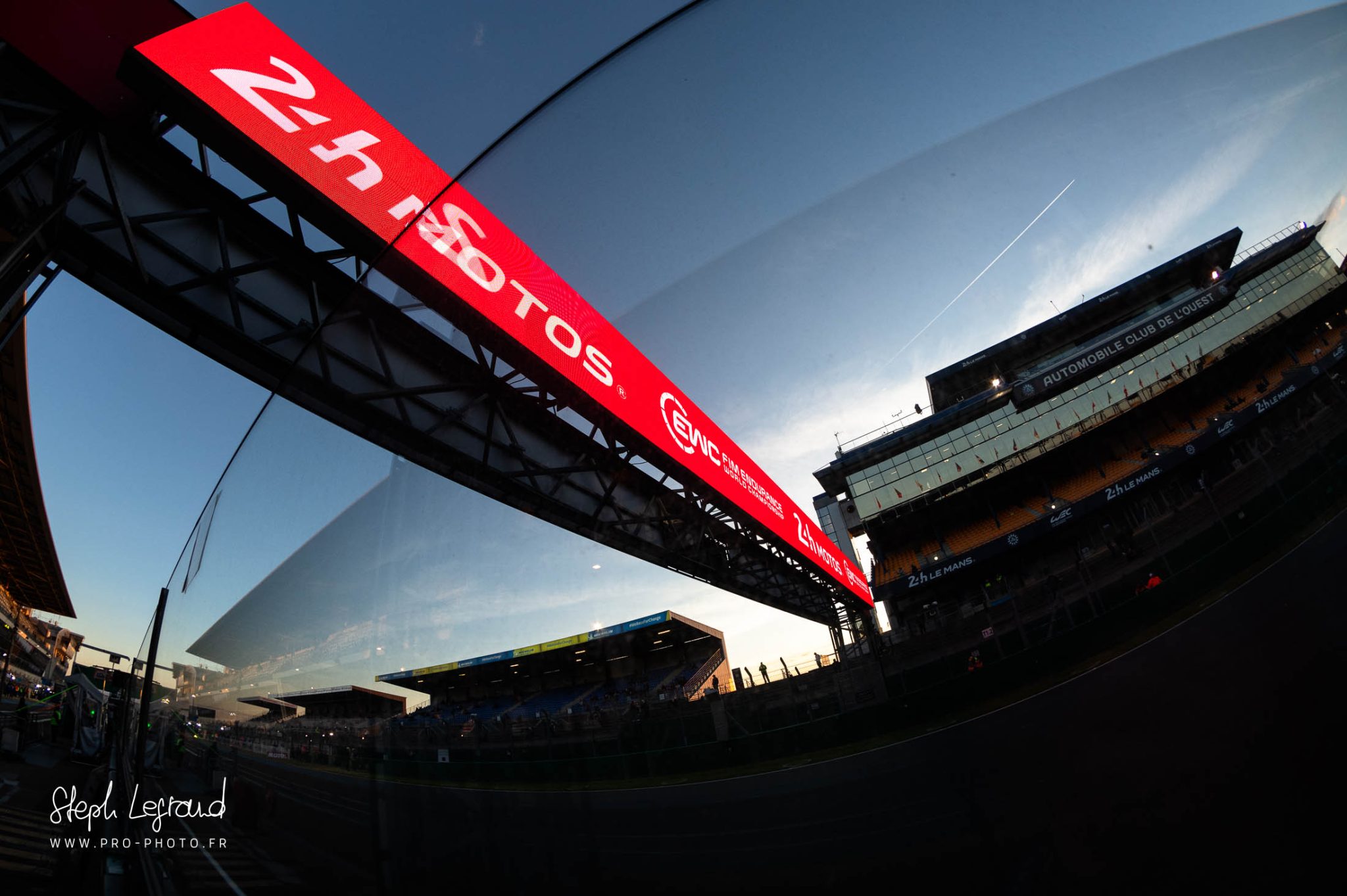
Accreditation
Since the number of places is often limited for a given event, you need to apply in advance and provide the necessary paperwork to request an accreditation. If there are more requests than places available, the organizer will try to give preference to photographers or videographers who will have the best communication impact. It’s up to you to convince them!
For example, there’s an application form on the French Supermoto Championship website (Press tab).
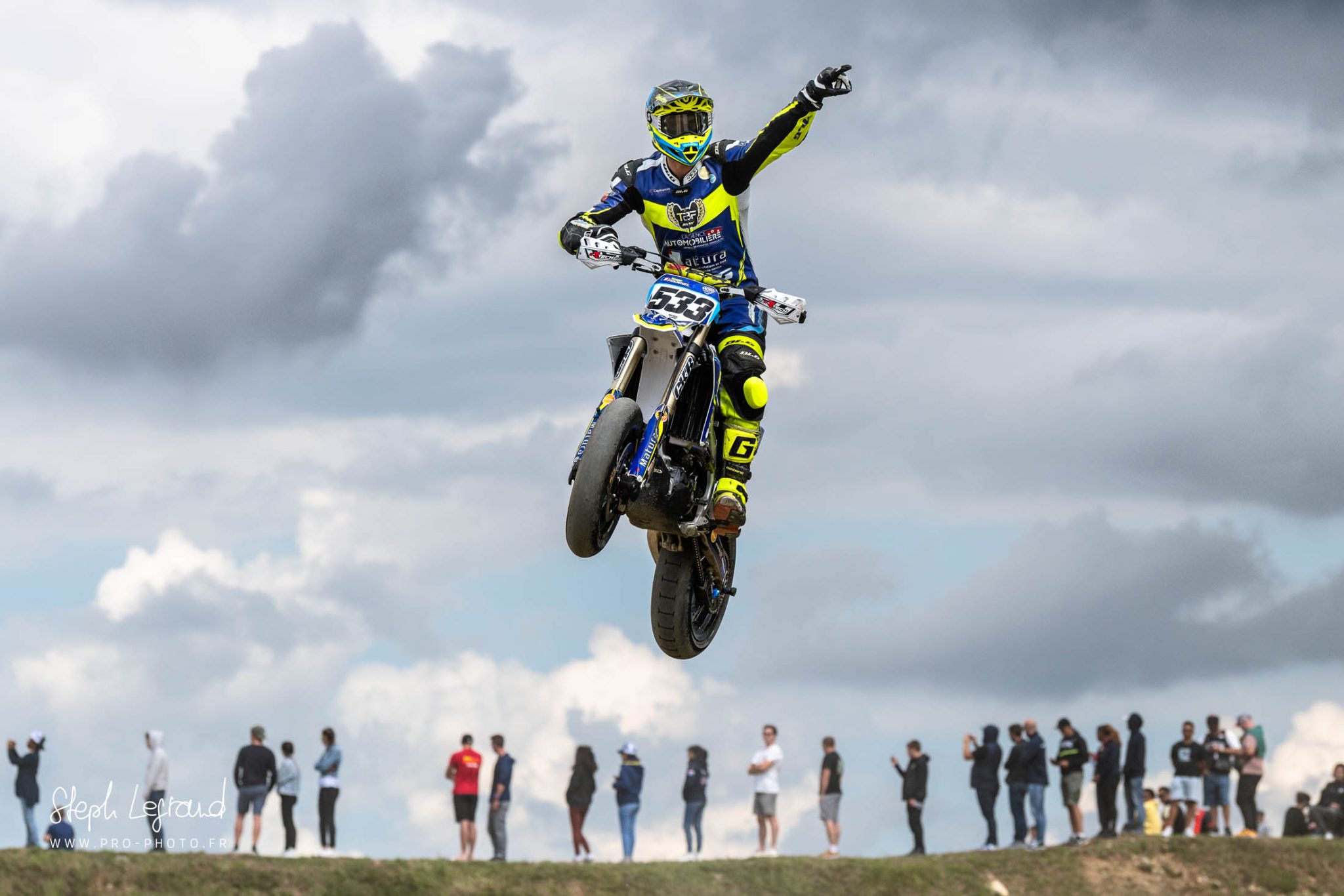
Who to ask
In general, it’s the event organizer or promoter who can give you the accreditation. Often, the organizer is not the race track.
In most cases, the track will be able to tell you who is responsible for the accreditation process. If it’s for a race, or an important event, it’s best to apply in advance. Sometimes, applications are closed ten days or more before the event.
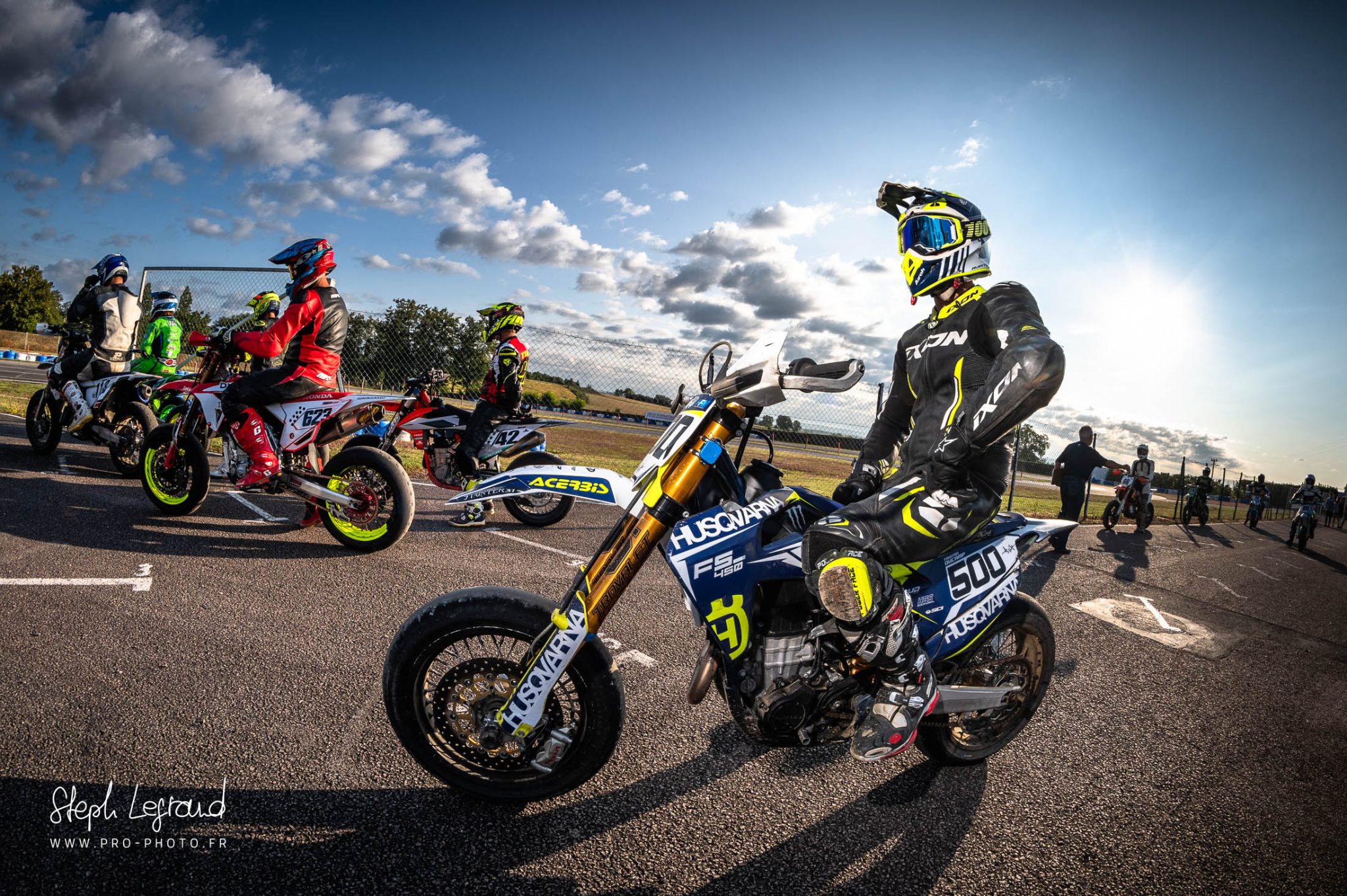
Insurance
In general, the organizer will ask you to have professional liability insurance or a press card. For some events, personal liability insurance will be accepted. For international races, you’ll probably need to sign a waver in English certifying that you are insured and that you waive all claims against the event organizers.
Sometimes, for professional or personal liability, you’ll need to have a specific statement on the insurance certificate. For example, “the policy covers photography for motor sports events”. To do this, contact your insurer and obtain a certificate with the correct wording. Don’t wait until the last second!
Important detail: liability insurance only covers damage you cause to others on a track. It does not cover injury to yourself, or damage to your equipment. If an accident is caused by another person, then their civil liability will cover any damage caused to you. In any case, check with your insurer to find out what’s covered.
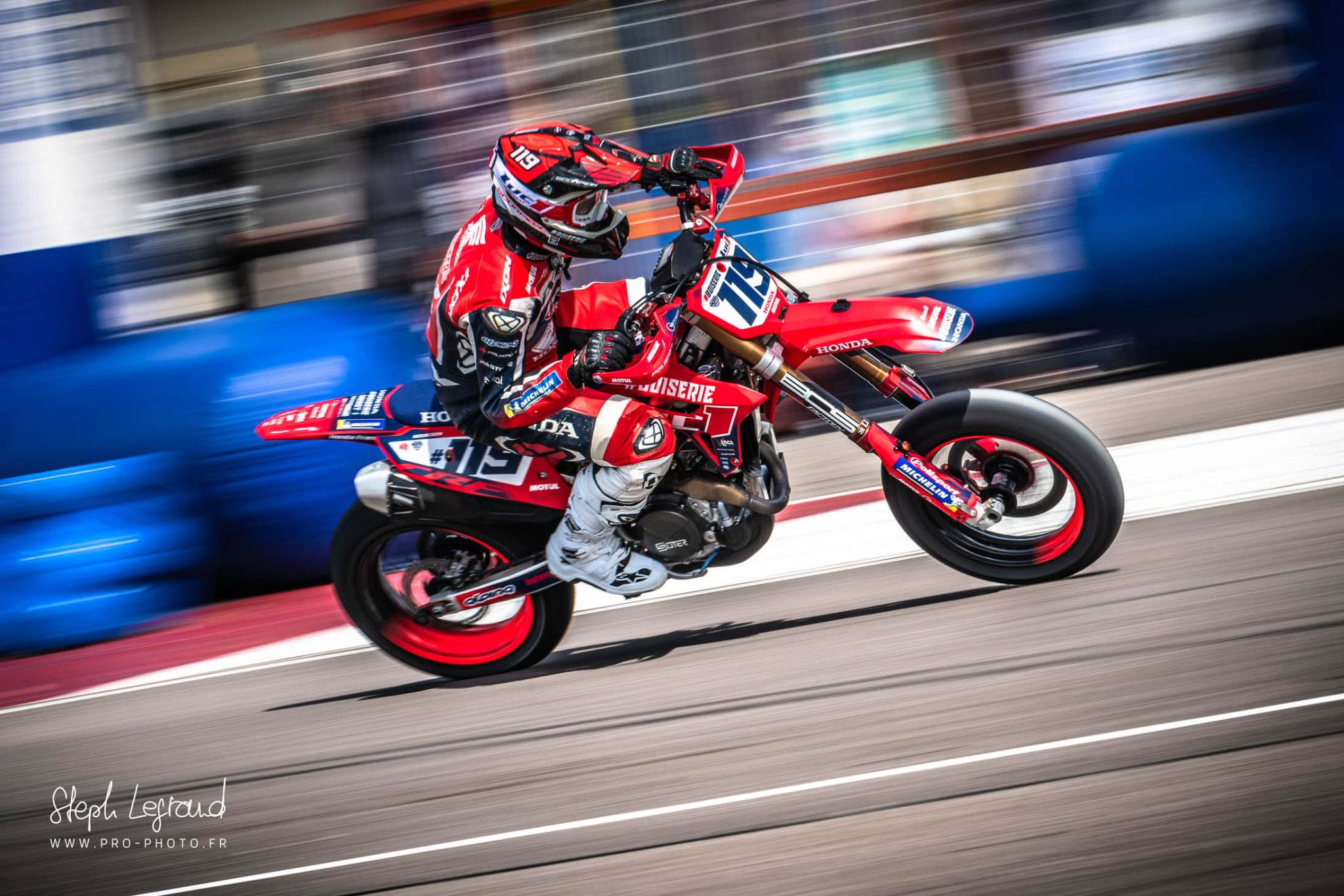
And a license?
It’s simple: there’s no such thing as a photo license. Some licenses may give you access to the circuit, but usually only as a track marshal or official. So if you have an accident, your insurance won’t be valid. So there’s no point in asking to take photos with a license.
A few safety tips for shooting
If you get your accreditation, congratulations! You may receive a formal briefing before being allowed on the track. In any case, as a general rule, pay attention to the following points:
- the most dangerous points are the outsides of corners and the ends of straights. Even if these are places where you can get some great shots, they are generally strictly forbidden;
- Before setting off, observe the trajectories of motorcycles, bearing in mind that a rider can always lose control;
- at any time, look out for oncoming motorcycles, so you can get out of the way as quickly as possible if necessary;
- if it’s an official event, it’s generally forbidden to sit, lie down or cross the track during a run. If in doubt, ask the marshals, or get permission from the Race Director.
Enjoy your photo shoot!
